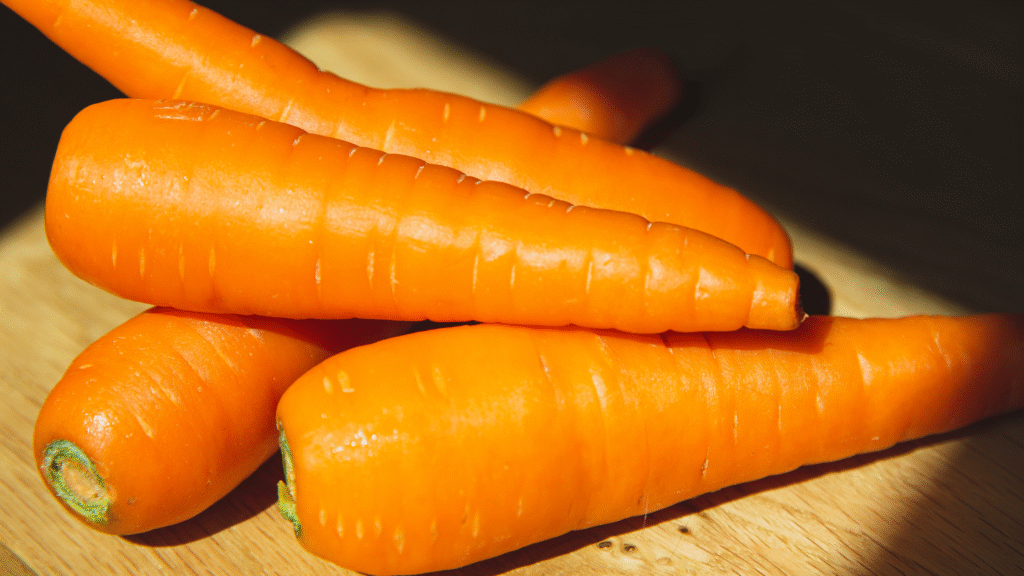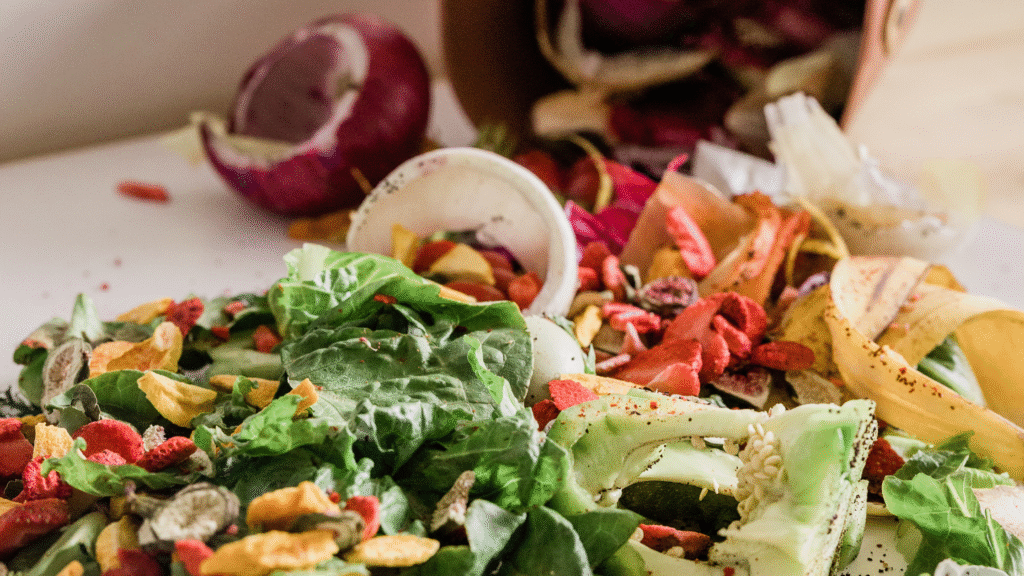How to Grow Carrots from Scraps
Wondering if you can grow carrots from kitchen scraps? While you can’t regrow the full root (the edible part), you can regrow carrot greens from the tops. These leafy greens can be used for garnishing, pesto, or as an ornamental herb. Plus, it’s a fun way to reuse scraps and engage in sustainable gardening.
For better results, supplement your growing process with natural fertilizers like this easy-to-make vegetable peel fertilizer.
How to Regrow Carrot Greens in Water
- Slice off the top 1 inch of a fresh carrot (with a bit of orange still attached).
- Place the carrot top in a shallow bowl with just enough water to touch the base.
- Put the bowl in a sunny spot like a kitchen window.
- Change the water every 1–2 days to prevent rot or mold.
- New green shoots should begin to grow in 3–5 days.
While you won’t get new carrot roots, these greens are edible and attractive. Use them in salads or let them flower and produce seeds for planting.
How to Transplant Carrot Tops to Soil
After the carrot tops sprout new leaves and roots in water, you can transplant them into soil for a longer life:
- Use a small pot with drainage holes and rich, loose soil.
- Plant the carrot top just beneath the soil surface, leaving leaves exposed.
- Water lightly and place in partial sunlight.
- Harvest greens regularly to encourage growth.
For best soil results, mix in natural compost made from fruit peels or citrus scraps like orange peels.
How to Grow Carrots from Seeds (Bonus)
While carrot scraps won’t regrow full carrots, you can harvest seeds from carrot flowers and plant them:
- Let your carrot tops mature until they bolt and flower.
- Pollinate naturally (or by hand), then wait for seed pods to form.
- Harvest and dry the seeds before planting in soft, deep soil.
- Keep the soil consistently moist for best germination.
You’ll need a few gardening tools like a trowel and seed tray to get started.
Conclusion
Growing carrots from scraps won’t produce new carrots—but it’s a great way to regrow flavorful greens for culinary use. It also gives you a path to collect seeds for future planting, all while reducing food waste.
For eco-friendly gardening success, combine your efforts with natural composting techniques like using vegetable peel fertilizer or enriching soil with orange peels.


